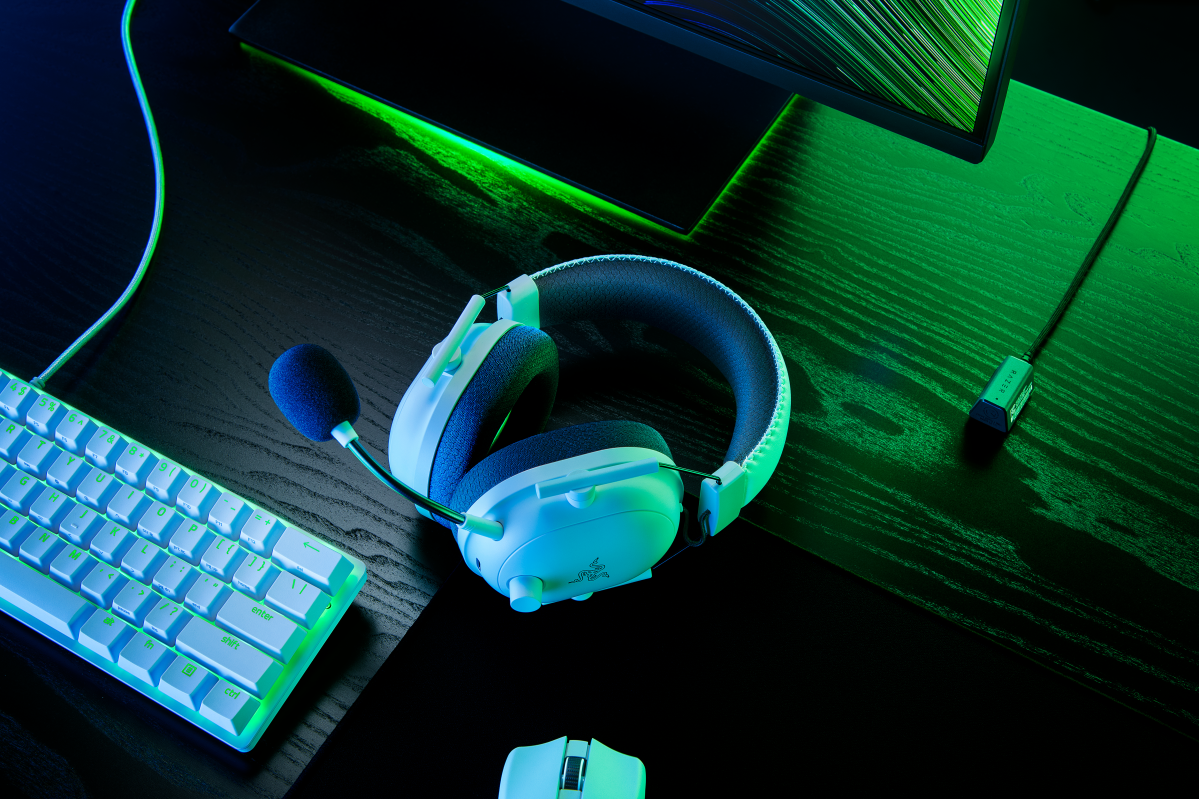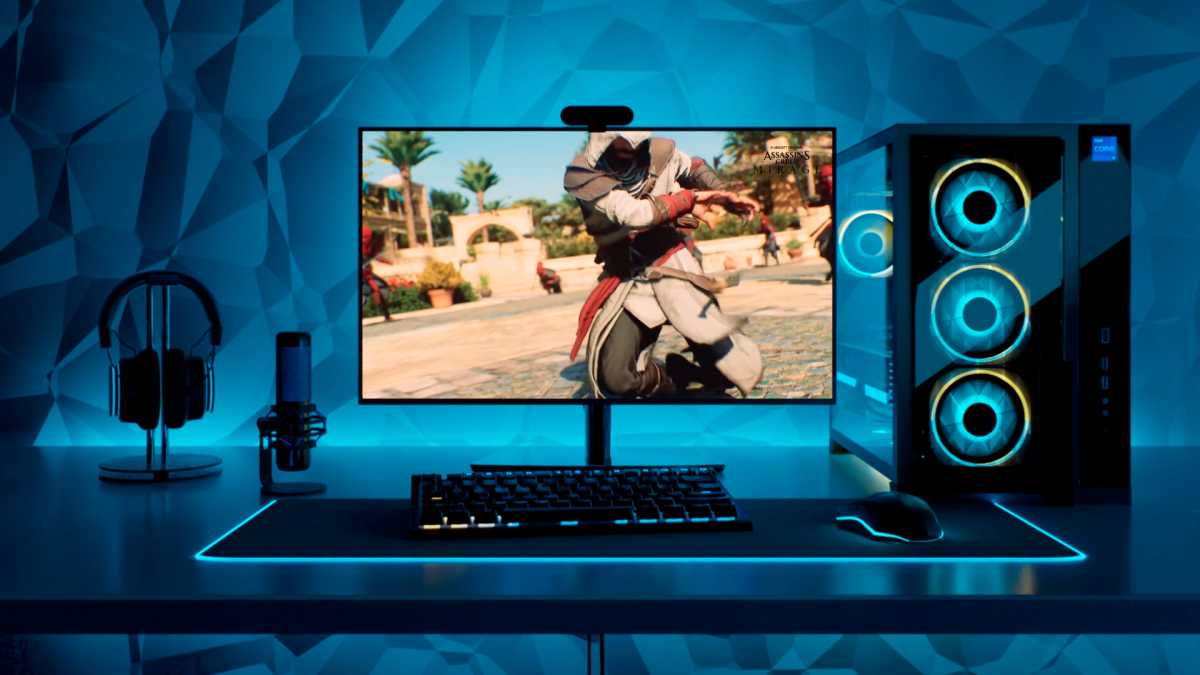Gaming laptops are mostly awesome these days — performance wise, that is. As an example, you can pick up a laptop like the Acer Nitro V 16 for less than $1,000 and know that it’s going to shred in most triple-A games. But as to battery life when you’re gaming unplugged — nope, laptops are still not that great.
Most gaming laptops will last for a pitiful four hours of play time — that’s barely long enough to finish a game of Starcraft 2. It’s a far cry from some productivity laptops that can stretch for more than 20 hours.
Correction: Four hours is likely all you’ll get if you throw caution to the wind and don’t apply a few smart power-saving tips. For up to several hours’ more battery life you can always do the following:
Turn off the keyboard backlighting and non-essential lighting
Whether it be per-key illumination, chiclet backlighting in your keyboard, or aesthetically pleasing RGB or LED accents elsewhere on your laptop, it’s all costing you unnecessary gaming time by draining your laptop’s power.
How much power you save when you switch them off depends on factors like the light’s brightness level, whether or not you have dynamic lighting effects active, and the type of keyboard your laptop has (mechanical keyboards drain more power than optical keyboards). But if you’re gaming during the day, you’re not going to miss these features anyway.
Further reading: Best gaming laptops under $1,000
Unplug any unused peripherals
This is self-explanatory. It applies to any peripherals, like USB-hubs, external keyboards, and headsets. While you’re tightening the screws on power-draining peripherals, be sure to also switch off Bluetooth and Wi-Fi if you’re playing offline; these things are little-known battery guzzlers, too.

Razer
Lower your display’s brightness
Unless you’re playing darkly lit horror games you’ll have no trouble seeing your game on a display set as low as 50 percent brightness. Dropping your brightness level takes just seconds to do but this simple step can yield as much as 30 percent longer battery life.
Use your manufacturer’s battery optimization settings
Most gaming laptop manufacturers have battery optimization settings that when activated can do a lot to conserve your laptop’s battery power. These can usually be found in your manufacturer’s proprietary software app.
There is typically more than one key setting to tweak (you might even want to switch off a few settings), so you may need to research what to do for your specific laptop brand. In Asus’ Armory Crate app, one thing you’ll want to do is activate “Silent Mode.” This feature acts to conserve power by limiting the wattage available to your CPU and GPU and running the laptop’s fans only when they’re necessary.
Optimize your power settings in Windows
A simple way to do this is to go into Windows’ Settings > System > Power and Battery > Energy Recommendations and click “Apply” to all the recommendations.
There are countless other settings tweaks you can make in Windows to conserve your laptop’s battery power, like reducing your display’s refresh rate to 60Hz, limiting the processor’s state, turning off Microsoft syncing, and personalizing the Windows theme and background to Dark Mode, but there are too many to cover in this article. For a rundown on some of the best things to do, I recommend this video.
Close any unnecessary programs or applications
You may be surprised to find out what apps are stealthily running in the background and gobbling up precious watt hours of your battery runtime — VPNs, antivirus programs, and forgotten Google Chrome windows, are all common culprits. To see, open up Windows Task Manager (Ctrl + Alt + Delete, then select Task Manager). To close them, right click on each task and select “End task.”
Of course, there’s another reason to close any unnecessary applications: Doing so will free up valuable CPU resources and result in better gaming performance.
Turn off MUX switch
If you have one of these, then switch it off for around a 10 percent longer lasting battery life. Admittedly, you will have to trade some FPS performance if you do, but in most cases that performance loss is minimal. For example, I only lose around 5fps or so, which makes the trade in performance for battery life well worth it.
Reduce your game’s graphics settings
Gaming with your laptop’s display set to its full native resolution is something you should really only reserve for when you’re plugged into an outlet. The higher your graphics, the more power your GPU is going to draw from its battery.

Intel
But before you do all these things, start from a good place
Gaming laptops come with varying hardware components that draw different levels of power. They can also have different battery capacities, measured in watt hours (WHr). It follows, then, that their battery lives will be different too. If a long battery life is important, then reading reviews is a must-do to sus out the best performers. Here are some of the longest lasting gaming laptops we’ve reviewed in recent times.




